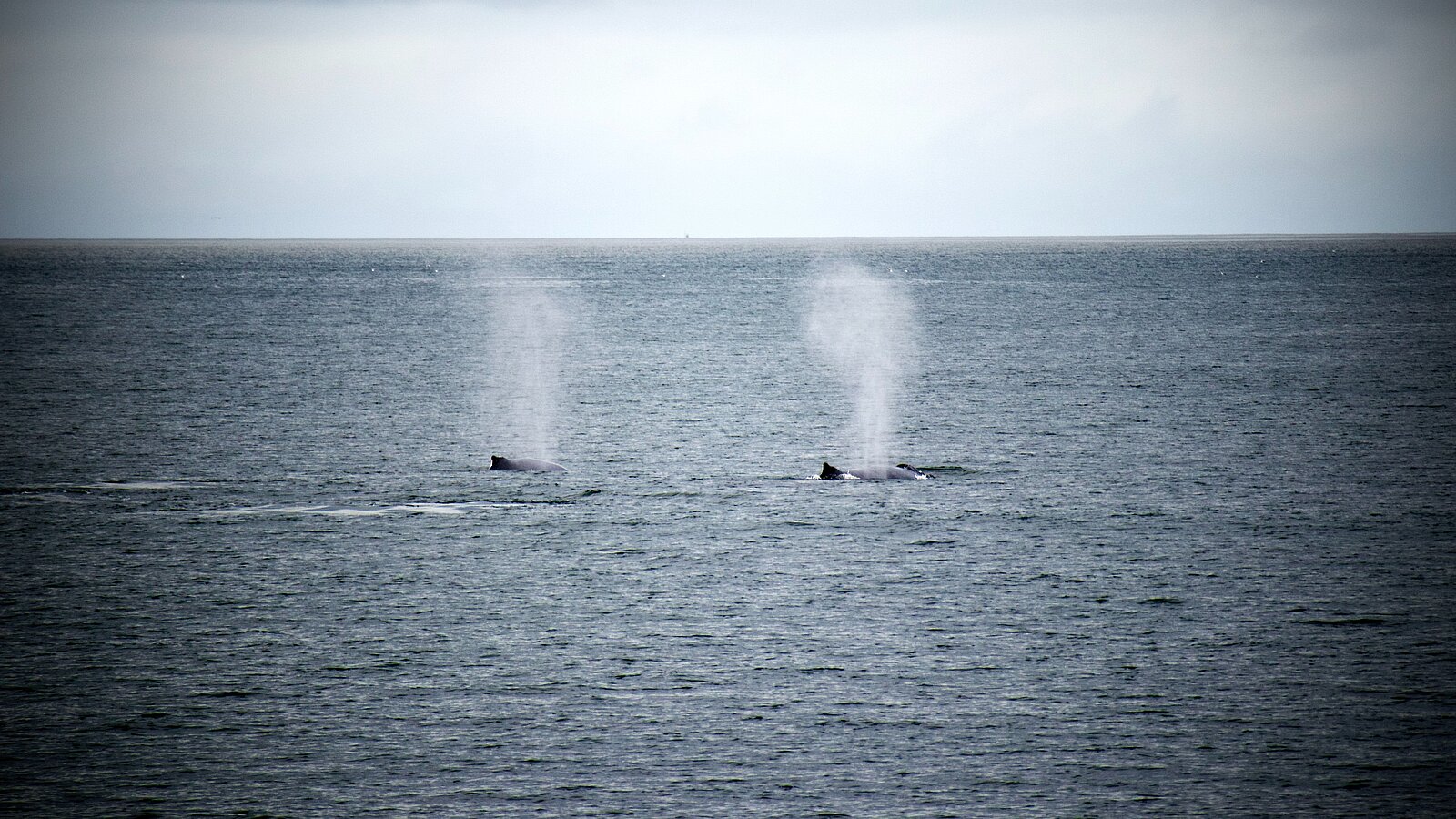
| Project data | |
|---|---|
| Project leader: | Prof. Prof. h. c. Dr. Ursula Siebert |
| Chief scientist: | Dr. Johannes Baltzer |
| Project term: | 07.2022 - 12.2023 |
| Project partner: |
JASCO Applied Sciences Prof. Rochelle Constantine und Tane van der Boon (MAUI63 project New Zealand) Dr. Brandon Southall (Southall Environmental Associates, Inc., SEA) |
| financed by the: | Federal Environment Agency (UBA) |
Project description
Under the Act on the Implementation of the Protocol on Environmental Protection to the Antarctic Treaty (AUG), the Federal Environment Agency (UBA) is the national licensing authority for all activities in Antarctica that are organised from or emanate from Germany. As part of the licensing procedure under the AUG, an environmental assessment must be carried out by UBA as the implementing authority for all notified activities in the area covered by the Antarctic Treaty.
The occurrence of fossil fuels is usually explored by seismic airguns. These devices emit acoustic signals with high sound pressure levels. So far, the data basis is insufficient to assess possible impacts on marine fauna.
The aim of this project is to assess the effects of a geoscientific, seismic survey with airguns during the expedition "WAIS-BELL" (PS 134) in 2022/23 on cetaceans in the Antarctic. Here a behavioural response study will be carried out, which will include a multidisciplinary approach combining visual recording methods and passive acoustic monitoring (PAM).
The project aims to generate data on the distribution, habitat use and possible behavioural responses of cetaceans in their Antarctic feeding area in an undisturbed and acoustically disturbed situation. The work will be carried out during seismic surveys in the Amundsen and Bellingshausen Seas and will be carried out in close cooperation between TiHo, JASCO and the AWI geophysics group in their survey programme.
The noise exposure and vocalisations of cetaceans are recorded using an autonomous acoustic recording system (AMAR), which allows the identification, localisation and tracking of vocalizing individuals. Visual recording methods (helicopter, autonomous drone, possibly bridge or crow's nest of FS Polarstern) will be used to collect data on the distribution and behavioural responses during the seismic survey as well as habitat use of the cetaceans during transits to and from the study area.
The results will contribute significantly to assessing the potential effects of seismic surveys with airguns on whales and provide important information for the management of anthropogenic activities in the Antarctic Treaty Area.
Contact person
Stiftung Tierärztliche Hochschule Hannover
Institute for Terrestrial and Aquatic Wildlife Research
Werftstr. 6
25761 Büsum
Dr. Johannes Baltzer
Phone: +49 (0)511-8568166
e-mail schreiben


